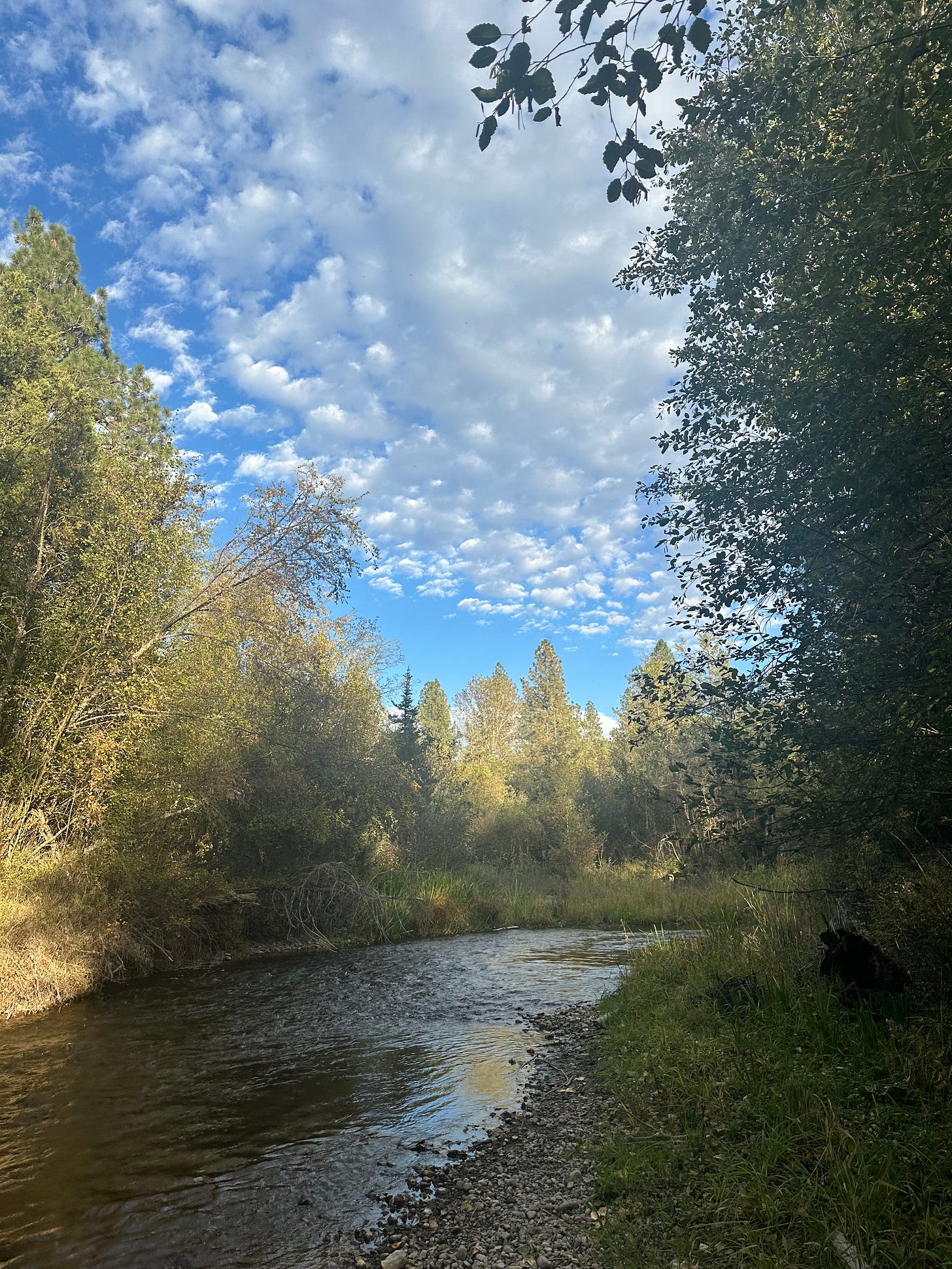Crow Creek: Flathead Indian Reservation
On Tuesday, I will start my second Clinical Pastoral Education (CPE) unit. CPE is a chaplain and clergy training program comprised of 400 hours, 300 clinical hours, and 100 education hours. It is a very time-consuming process that has reaped some wonderful benefits for my family life and work in the hospital.
CPE is an educational journey that is unlike anything I have done before. Working with an Educator, a cohort of chaplains goes through what feels like a grueling process of learning about our personal biases insecurities, and learning how to meet the needs of others while attempting not to impose our preferences.
Chaplaincy, for me, has a few touchstones that I try to hold in mind when I’m in the moment and in the room:
Unconditional Positive Regard: Something that my seminary and church experience did not give me language for is to have unconditional positive regard for the patient in their needs, serving them in alignment with their faith or non-faith tradition. The learning curve for me in this work was the recognition of how much certain church experiences I had led me to believe in a Christian superiority complex. While this faith tradition has supported me and some of my patients, it is not a source of hope for everyone. In fact, I am often questioned about my faith tradition before a patient opens up about their spirituality as a litmus test to see if I am attempting to proselytize them. I am a conduit of support for spiritual and emotional needs. Occasionally, that also means facilitating religious rituals like prayer, baptism, communion, smudging, or calling the priest.
Don’t Impose My Needs: Something that my experience and education didn’t help me out with was learning how first to identify when something is my need versus the need of the other, and secondly, how not to impose my needs onto others. This often shows up when a patient expresses something, and I think I have the answer. The power of chaplaincy is rooted in offering a supportive, empathetic, and compassionate presence, not answering all of the questions a person has. I recently had a patient who was experiencing spiritual distress. After going through a spiritual assessment with them, we identified they had a need for community. Instead of trying to solve the problem, we co-created a vision for what community could look like in the face of critical illness. It turns out this patient knew what they needed.
Gaining Consent: There is a bit of implied consent for patients in the hospital, but it is essential to gain permission before offering prayer, especially prayers for healing. In my prior training, I would default to hearing a pain point and immediately jumping to prayer for resolution. Mostly, that was rooted in a belief about the power of God but also, and perhaps more, rooted in my need to “fix the problem.” Over and over again, a patient has asked for prayer, and before I jump in, I ask what they would like to pray for. I am regularly surprised at how often people don’t want healing from a diagnosis—they have come to terms with living with illness—and instead want healing for the world around them. Before I pray, I ask how they would like to pray.
Wisdom of Friends: The CPE journey involved a lot of self-reflection, group reflection, and self-discovery. I am thankful to have entered this unit with my friend, Eleanor, whom you met in a previous post. I look forward to gleaning wisdom from her and the others in my cohort.
As this CPE journey begins, I will write weekly about some of my chaplain reflections. Thanks for being part of the story!



Ahh! Round 2 is officially happening! I want to hear more about co-creating that vision of community with your patient - that sounds so beautiful. Looking forward to what our next beautiful, grueling CPE adventure holds 💕